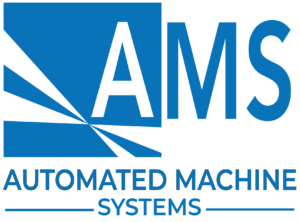Decades of experience in a range of industries
Proven processes for smooth delivery
Engineering and design expertise
Getting a Grip on Industrial Manufacturing Robotic Intergrators
Venturing into robotic manufacturing solutions may seem daunting at first, but with a little help breaking down what industrial robots are and are not, the topic becomes a whole lot easier to navigate. Generally speaking, a robot is a machine that can automatically execute complex tasks in place of human labor.
An industrial robot is an enhanced version of such a machine found specifically in heavy-duty, continuously operating, large-scale manufacturing environments. As premiere robotic integrators, AMS helps manufacturers solve their most complex production challenges through our expertise in designing, building, deploying, and customizing industrial robotic systems.
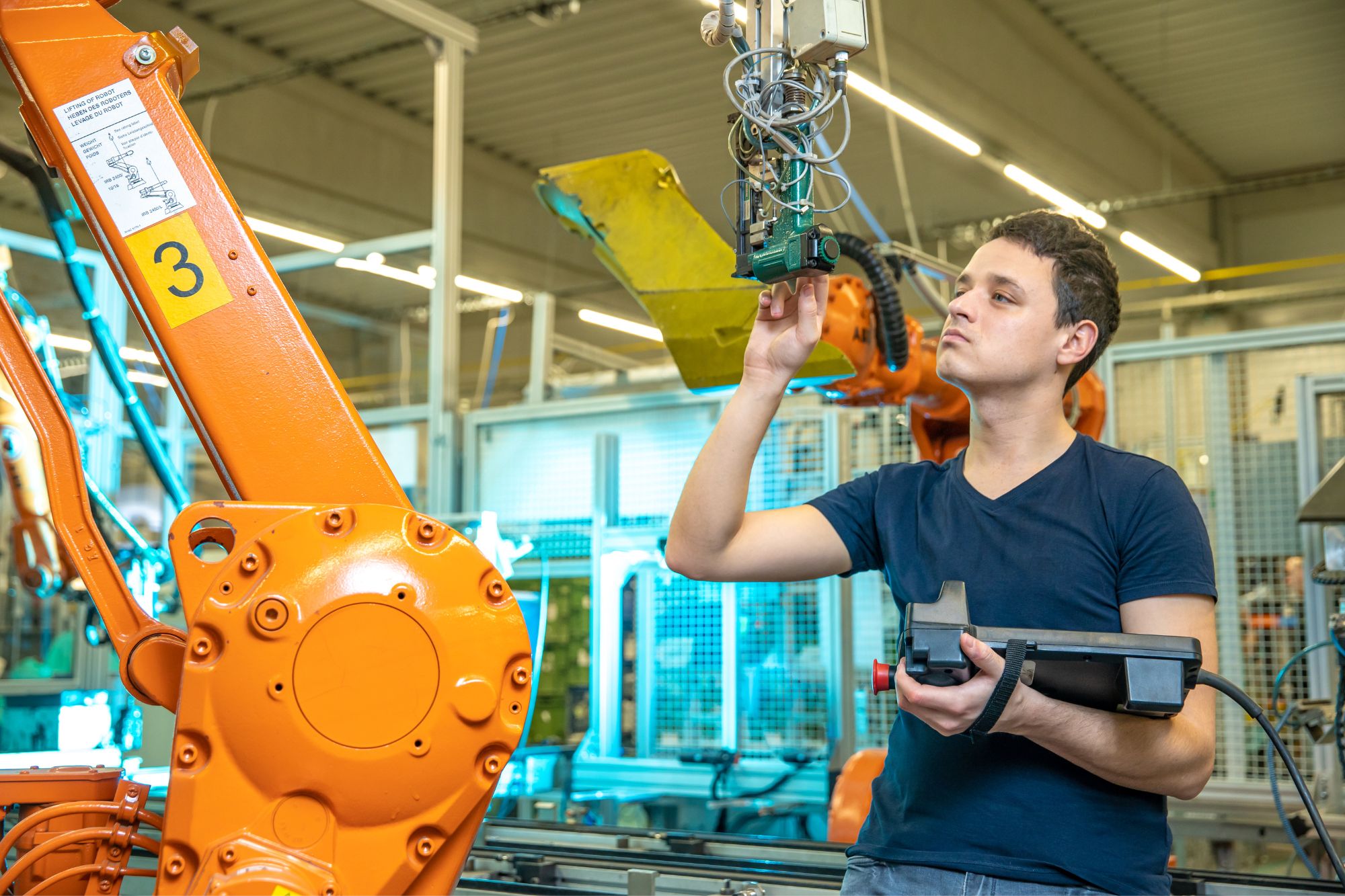
Robotic Manufacturing Technologies - More than just Motion
Most industry professionals solely associate robots with motion functions, but that's only the beginning of what robots can do. To best explain the role of robotic integrators in industrial manufacturing, let's outline all the most common functions that robots fulfill:
-
Handling and Positioning
At their core, industrial robots are motion devices used to pick, handle, position, place, and orient objects between production processes. Robots are often chosen to perform these actions first to replace human labor, and second to improve the speed and accuracy of these actions beyond what a human or conventional mechanized system could achieve.
-
Assembly and Disassembly
Robotics systems integration offers such high precision that they can not only move objects between work tasks, but can also assemble and disassemble multiple components at once (in place of individual separate machine actions). Robots can also feed materials into assembly processes, such as positioning screws, inserting nuts, and placing clips.
-
Fixturing
Most readers will visualize a robot performing the tool process in a manufacturing operation, but robots can also serve as the fixturing end of the equation as well. In such applications, a robot tightly holds a component and moves it from tool head to tool head, transitioning the part quickly between tool processes. This saves substantial separate fixture costs and fixturing time.
-
Welding
Robots used for welding are particularly useful for high-volume production lines, where a multi-axis robot can consistently orient itself and transition between multiple weld locations in one continuous motion. Welding robots also remove humans from unsafe welding conditions, eliminating a person's exposure to volatile fumes, heat, and light emissions. (See AMS’ PJ-401 Precision Joining system for more on robotic welding.)
-
Non-Linear Tool Processes
Welding is just one example of a non-linear tool process that requires the robot arm to move in all axes at once to follow a part's curved profile. Many pick-and-place, screw feeding, inspection, adhesive depositing, and assembly/disassembly processes follow non-linear paths as well, making robots the logical solution.
-
Coating
Painting, spraying, and coating products is another great application of robotic tooling that removes humans from risky environments. Robots can easily position spraying heads at any angle and orientation to parts being coated, and can precisely control their travel rates in order to achieve very exact coating thicknesses. Even better, robots can operate at elevated temperatures that cure coatings more quickly, improving quality and saving time. (See AMS’ GC-401 Glue Dispensing system for more bonding and coating ideas.)
-
Packaging
Robots are exceptionally well suited for packaging applications, being able to pick, orient, and place discrete, randomly positioned objects into packages at incredible speeds. Robotic palletizers, cartoners, casers, sleevers, and stack-packers are just a few examples of where modern robotics have replaced human labor and conventional indexing machinery alike.
-
Collaborative Processes
Referred to as cobots, collaborative robots are designed to work alongside human operators to offload the repetitive portions of non-standard work processes. Common cobot solutions include screwdriving, adhesive gluing, nut running, and case stacking. In these applications, humans handle the complex decision-making aspects of the work task, then position the cobot to perform its discrete function, and afterwards assess completion before proceeding to the next task.
Robotic Integrators for Manufacturing Assembly Platforms
Now that readers see all the different ways that robots can serve manufacturing applications, the next question that comes to mind usually involves how to identify opportunities for robotic integrators within a manufacturer's existing production scheme. While purchasing all new robotic equipment is certainly one option, this is typically not a very cost-effective or practical approach. Instead, we encourage readers to look for approachable entry points where robots can be augmented into current operations, including:
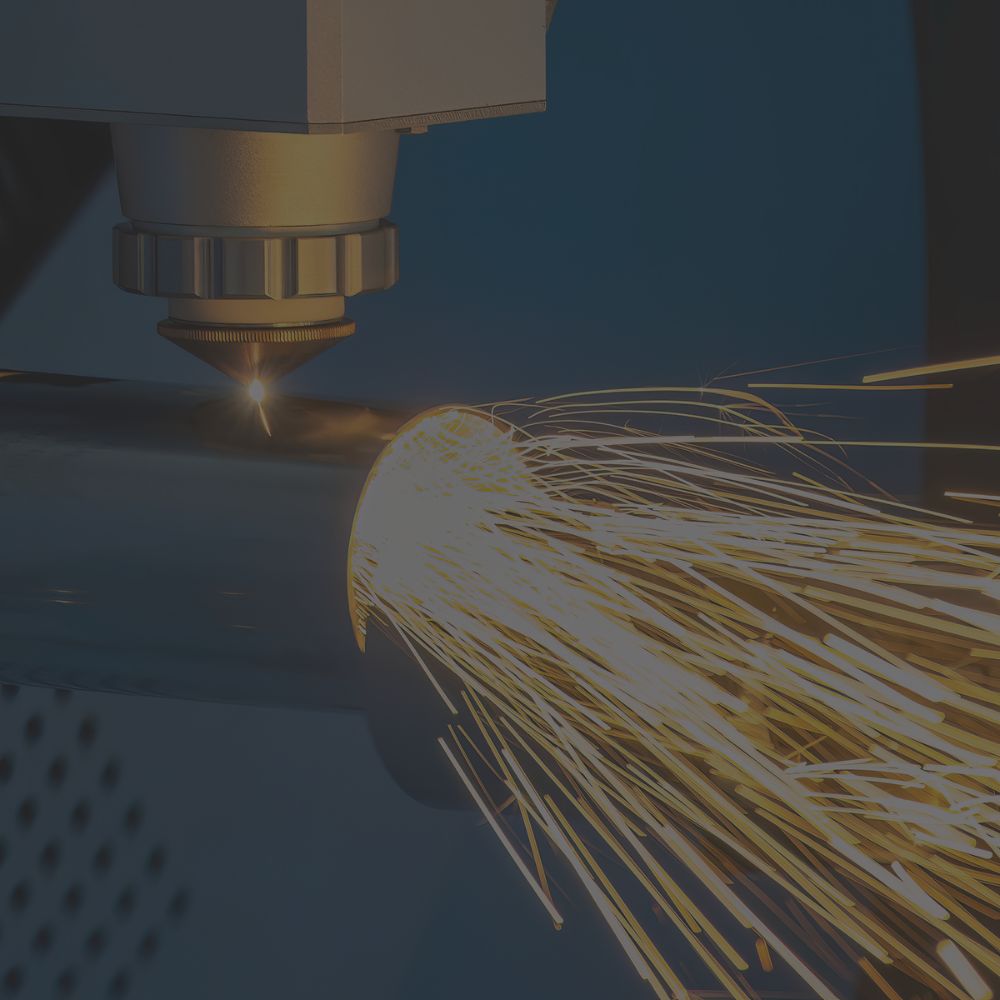
Apply to individual or compound tool processes
Typically found within dedicated workstations, manufacturers can often name particularly slow or imprecise tool processes that they know are holding back the rest of the production line. In these cases, robots can often replace conventional tool apertures, combining motion and tool processes into a singular robotic solution. Screwdriving, welding, nut running, pressing, and adhesive depositing are great examples of tool processes that can be upgraded via robotics.
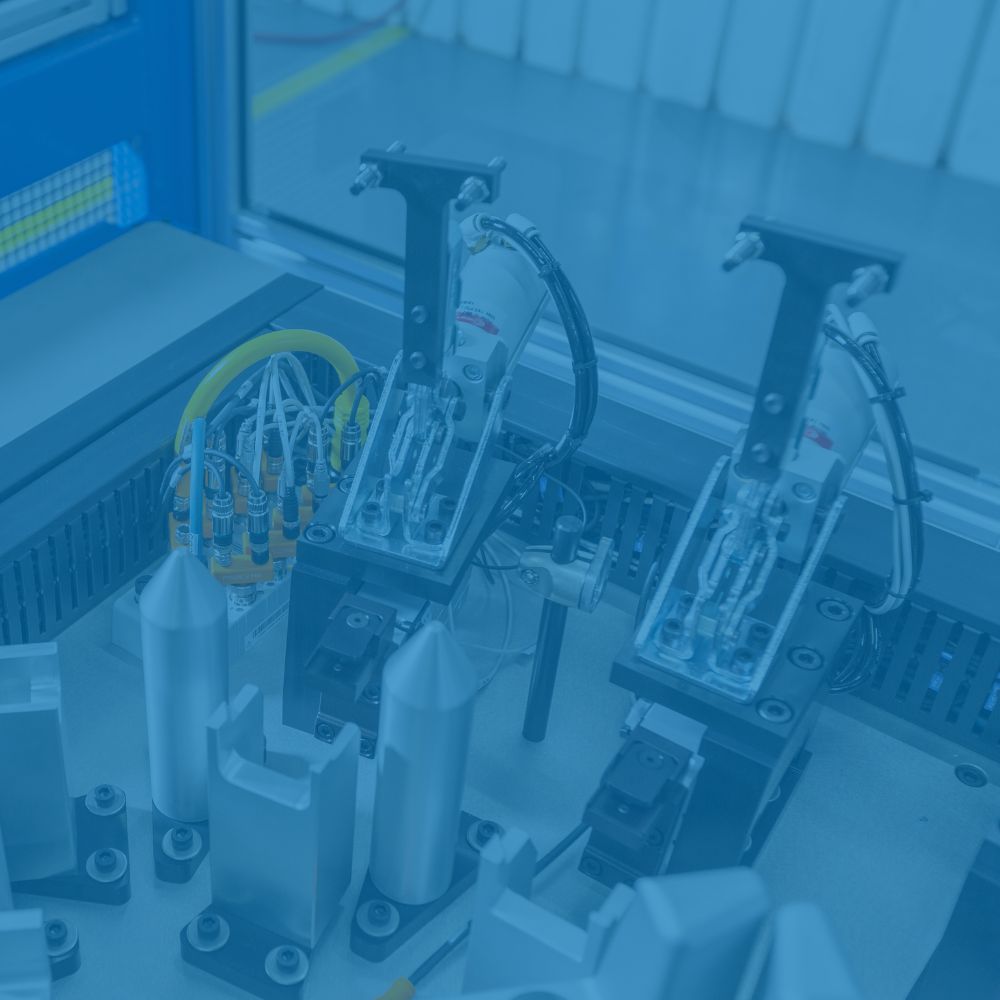
Replace motion mechanisms
Any place where multiple conventional mechanisms are used to move or position products, robotic arms are a viable alternative. In most cases, manufacturers have such spots that experience bottlenecks, positioning errors, and breakdown-induced downtime due to the slow, complex nature of the older mechanisms (such as linear actuators and cross conveyors used to rotate and feed parts into a workstation).
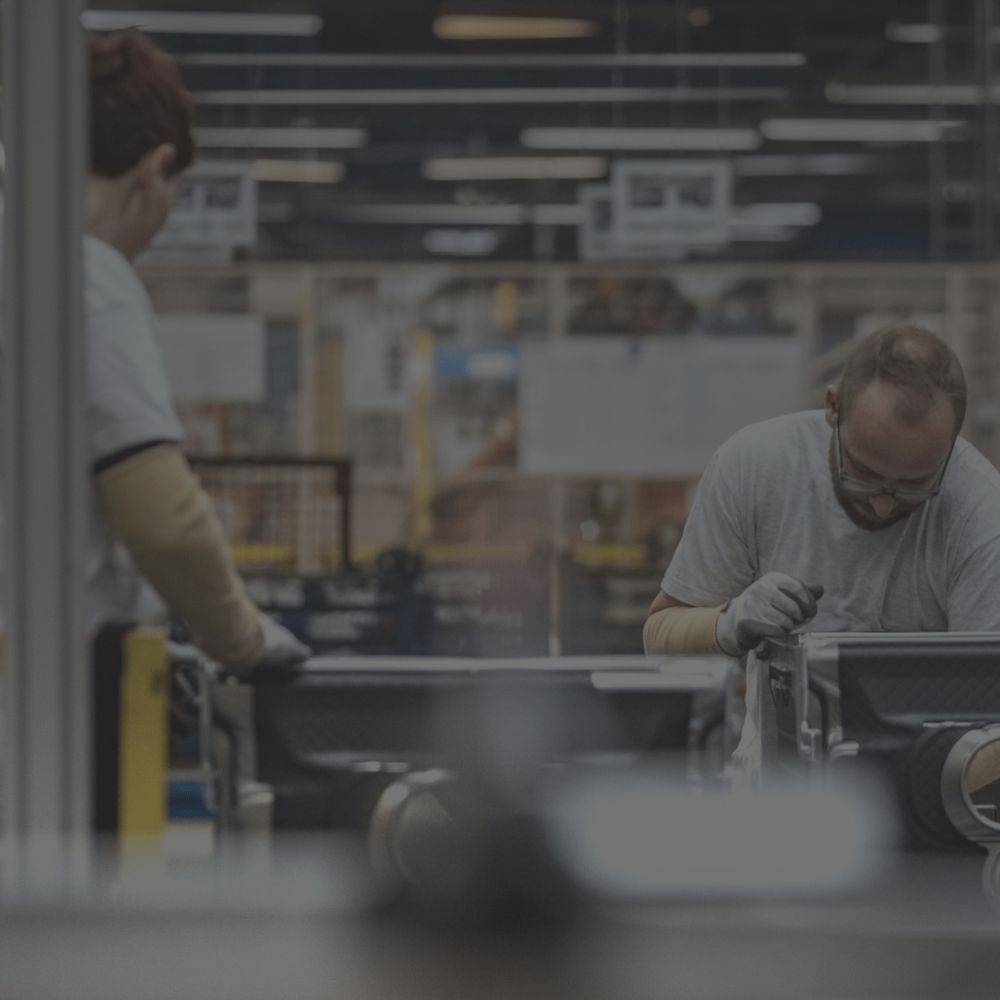
Enhance entire production workflows
The power of robotics becomes starkly evident at the larger end of the spectrum where entire workflows can be automated. As an example, warehouse automation solutions like autonomous forklifts and pallet storage systems completely remove humans from the material handling workflow altogether. Likewise, entire manufacturing lines can add robotics at every human touch point (within reason), automating tasks across the whole workflow and speeding up the entire line's capacity.
Key Considerations when Selecting Robotic Integrators for Manufacturing Options
Before making a robotic upgrade or new deployment purchase, buyers should pause to evaluate a handful of key considerations to make the absolute best investment decision, including:
Industrial robotics are often marketed on their novelty, universal applicability, and human labor replacement benefits, but these may not be the actual benefits that a manufacturer needs in a robotic upgrade. For this reason, buyers should fully weigh and prioritize their upgrade opportunities, often skipping over low-hanging fruit and shooting for where the investment makes the greatest long-term impact.
Reinforcing the above point, buyers must translate their assumptions and priorities into a cost/benefit relationship that can be quantifiably analyzed for operational and financial viability. Very often, this is the step where actual dollars are assigned to the “nice-to-have” benefits of any automation upgrade, telling manufacturers where they can truly get the most bang for their buck. Buyers should further break these costs down into capital investment dollars and operating expense dollars, making sure that they fully understand both the initial commitment and ongoing future costs.
As with most automation upgrades, the economies of scale principle applies very well to robotic investments. In short, once a robotic system's base infrastructure is deployed, robotic integrators can incorporate multiple additional robots on top of that infrastructure at an incremental added cost (as in, not at the full first robot's cost itself, but something less). For example, one robotic screwdriver needs one PLC, but a second, third, and fourth robotic screwdriver can all share that first PLC). A qualified robot systems integrator can also advise on how best to size a system for future expansion, further maximizing economies of scale benefits.
Robotic automation is certainly sold based on offsetting human labor, but buyers must recognize that all advanced automation comes with new labor demands in the form of maintenance and operator support skillsets. Manufacturers should evaluate their technical and production staff to ensure that they possess the skills needed to support a new robotic system, or that these skills can be quickly acquired (via training or third-party outsourcing).
Taking Position on the Future of Robotics in Industrial Manufacturing
Two prominent forces are shaping the future of industrial robotics: cost accessibility, and technical barriers to entry. Regarding cost accessibility, the investment threshold for breaking into robotics continues to drop thanks to increased competition and maturing technologies in this domain. Regarding technical barriers to entry, these barriers also continue to drop as robotic control platforms and mechanical systems become easier to configure, program, modify, and troubleshoot. Like most evolving technologies, these forces promote greater commoditization and adoption at the lower end of the solution spectrum, driving robotic integrator developments to focus on the higher end (resulting in larger, more complex robotic systems becoming commercially viable). With both ends of the spectrum opening to new possibilities, robotics systems integrators have never had so much to offer buyers of all scales and budgets. In turn, once a manufacturer can cross over the ever-falling investment threshold, they are increasingly certain to find a lucrative robotic solution for their operations.
